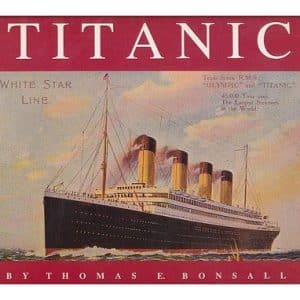Description
pp. 431 plus 32 B/W plates of photographic images. “The Union had won the Civil War; slavery was abolished. Lincoln, an early champion of railroads, would not live to see the next great achievement. It took brains, muscle, and sweat in quantities and scope never before ventured and required engineers and surveyors willing to lose their lives in the wilderness; men who had commanded and obeyed in war; workers from China, Ireland, and the defeated South; and capitalists betting their money for possible profit. The government pitted the Union Pacific and the Central Pacific against each other in a race for funding, encouraging speed over caution. Locomotives, rails, and spikes were shipped from the east through Panama, around South America, or lugged across the country. The railroad was the last great building project to be done by hand: excavating dirt, cutting through ridges, filling gorges, blasting tunnels. Nothing like this great railroad had been seen in the world when the last spike, a golden one, was driven in at Promontory Peak, Utah, in 1869, as the Central Pacific and the Union Pacific joined tracks. Ambrose writes with power and eloquence about the brave men who accomplished the spectacular feat that made the nation one.”






